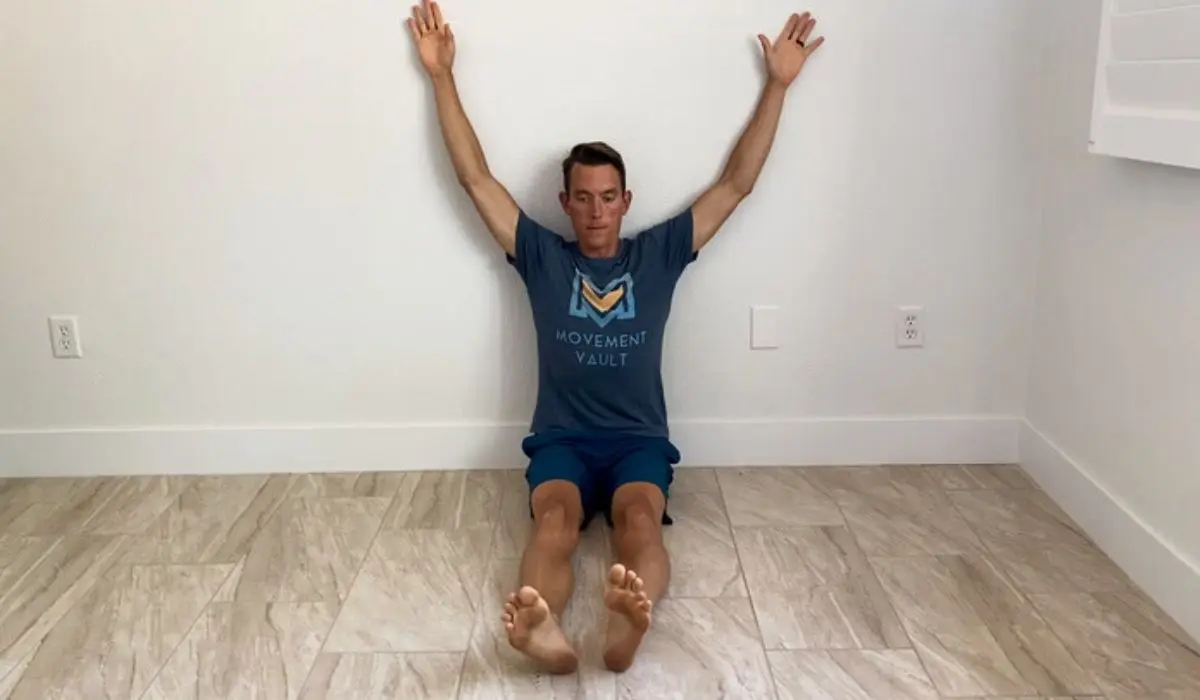If you’re an athlete or someone who exercises regularly, you know how frustrating and limiting shoulder pain can be. You may have even been diagnosed with a condition called scapular dyskinesis – a mouthful of a term that’s becoming increasingly common. But what exactly is it, and how can exercises for scapular dyskinesis help?
What Is Scapular Dyskinesis?
Let’s start with understanding this tongue-twister condition. Scapular dyskinesis refers to abnormal positioning or movement of the shoulder blades (scapulae) during arm movements. Proper scapular motion is crucial for efficient shoulder function and preventing injuries.
Think of your shoulders as a dynamic team – the arm bone (humerus) and shoulder blade need to work together seamlessly for daily activities and exercises involving the arms. When this synchronization is off, it’s like having teammates who can’t coordinate their plays, leading to suboptimal performance and potential injuries.
Causes Of Scapular Dyskinesis
Several factors can contribute to developing scapular dyskinesis:
1. Muscle Imbalances
Tight chest muscles or weak back/shoulder muscles can disrupt the fine-tuned motions.
2. Poor Posture
Spending long hours hunched over a desk or phone can wreak havoc on shoulder mechanics.
3. Previous Injuries
Old sprains, dislocations, or fractures may alter movement patterns.
4. Overuse
Repetitive overhead motions in sports like swimming, tennis, or weightlifting can strain the area over time.
No matter the cause, left unchecked, scapular dyskinesis can lead to issues like impingement, rotator cuff injuries, and chronic shoulder pain – a situation no one wants to find themselves in.
Best Exercises For Scapular Dyskinesis

The good news? Specific exercises can help realign and retrain the muscles for proper scapular movement. Here are some of the best exercises for scapular dyskinesis to add to your routine:
1. Wall Slides
This simple yet effective exercise helps reinforce proper scapular mechanics during shoulder elevation.
Stand with your back against a wall, feet shoulder-width apart. Engage your core and place your arms in a ‘W’ position against the wall. Keeping your arms in contact with the wall, slowly raise them overhead, focusing on squeezing your shoulder blades together and down as you go up. To get back to the beginning, reverse the action. Repeat 10-15 times.
2. Serratus Punches
The serratus anterior muscle plays a crucial role in scapular movement. This exercise helps activate and strengthen it.
Stand facing a wall, arms extended with palms flat against the surface. Keeping your arms straight, punch your hands into the wall by protracted your shoulder blades apart. Release and repeat for 10-15 reps.
3. Prone Arm Raises
This deceptively simple exercise trains the muscles that retract and stabilize the scapulae.
Lie on your stomach with your arms extended in front of you, thumbs pointing up. Keeping your arms straight, raise them a few inches off the floor by squeezing your shoulder blades together. Hold for 2 seconds, then lower back down. Repeat for 10-15 reps.
4. Band Pull Aparts
Resistance bands are an excellent tool for exercises for scapular dyskinesis, like this move that improves scapular retraction.
Grab a resistance band and extend your arms in front of you, hands shoulder-width apart. Squeeze your shoulder blades together as you pull the band apart, focusing on pulling your shoulders back and down. Control the movement as you return to the starting position. Repeat for 10-15 reps.
5. Downward Dog To Plank
This full-body flow incorporates scapular movement while building overall strength and stability.
From a downward dog position (inverted ‘V’ with hands and feet on the floor), shift your weight forward to a plank position, keeping your body in a straight line. As you transition, focus on squeezing your shoulder blades together and depressing them down your back. Reverse the movement to return to downward dog. Repeat 8-10 times.
Consistency Is Key
Like any exercise routine, the key to seeing results with exercises for scapular dyskinesis is consistency. Incorporate these moves 2-3 times per week, and be patient – retraining those muscle memory patterns takes time.
It’s also essential to address any underlying muscle imbalances or posture issues contributing to the problem. Consider working with a physical therapist or qualified trainer to develop a comprehensive plan tailored to your specific needs.
Conclusion
Scapular dyskinesis may be a mouthful, but it’s a condition that can significantly impact your shoulder health and overall physical function. By incorporating exercises for scapular dyskinesis into your routine, you’re taking proactive steps to keep your shoulders moving smoothly and pain-free.
Remember, an ounce of prevention is worth a pound of cure. Investing time in these exercises now can save you from frustrating injuries and setbacks down the line. So, show your shoulders some love – your future self will thank you.
References
- NIH (n.d) Scapular Dyskinesis: From Basic Science to Ultimate Treatment Available Online at: https://pubmed.ncbi.nlm.nih.gov/32344746/
- Johns Hopkins (2024) Scapular Dyskinesis Available Online at: https://www.hopkinsmedicine.org/all-childrens-hospital/services/pediatric-sports-medicine/injuries/shoulder-elbow-conditions/scapular-dyskinesis





